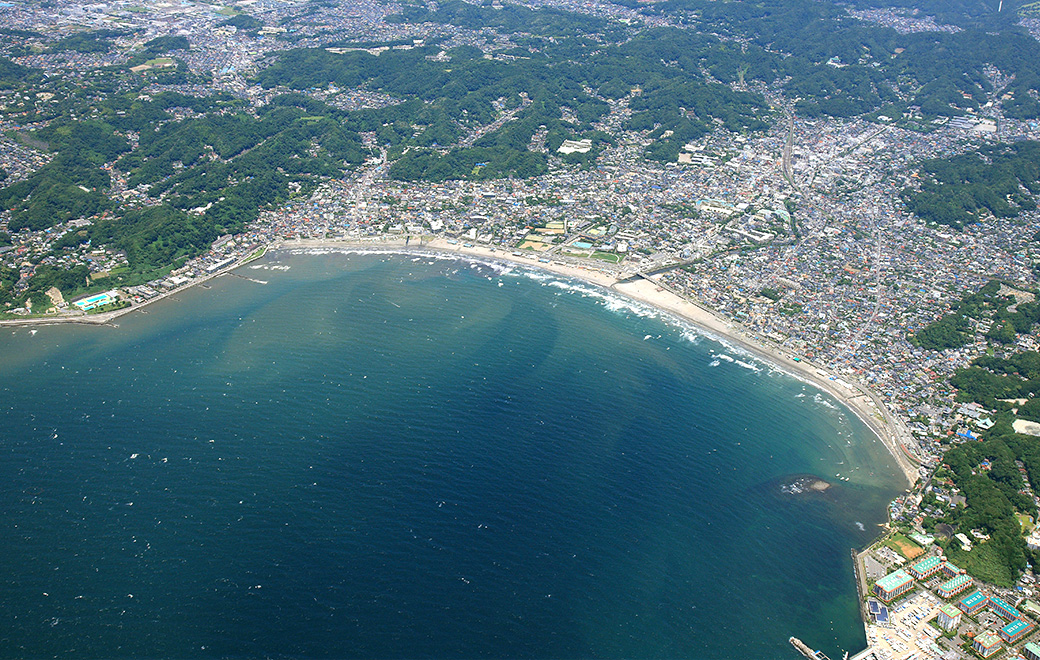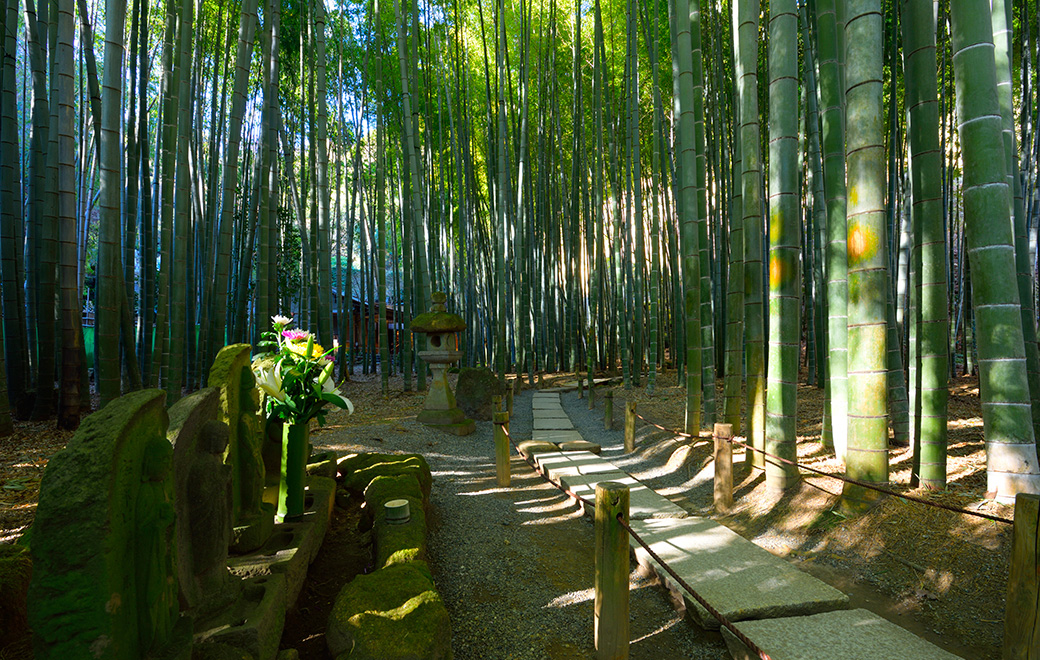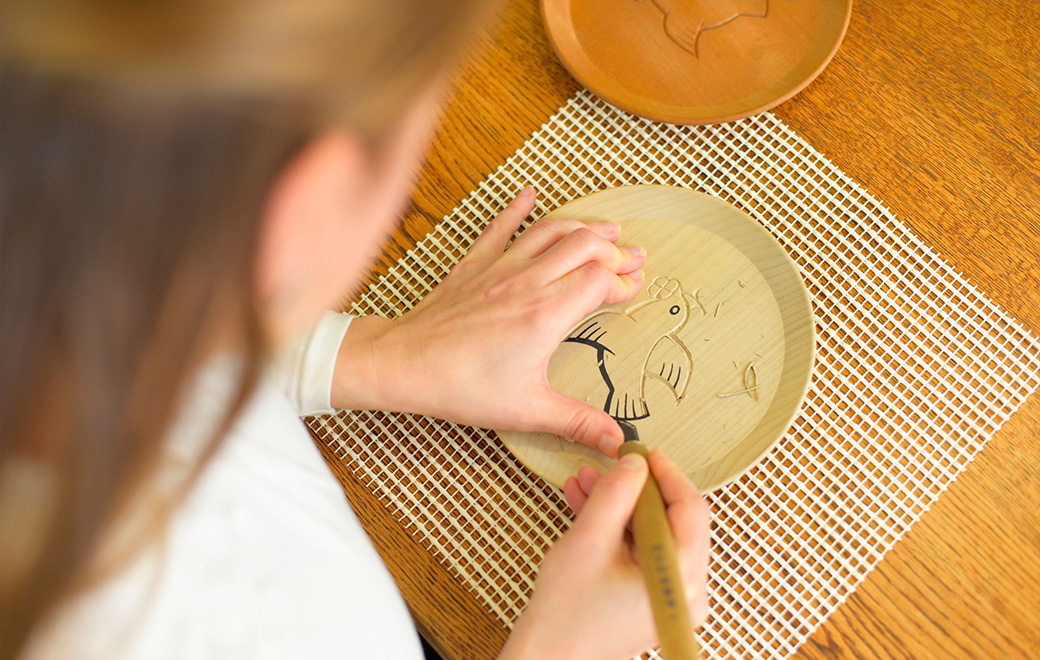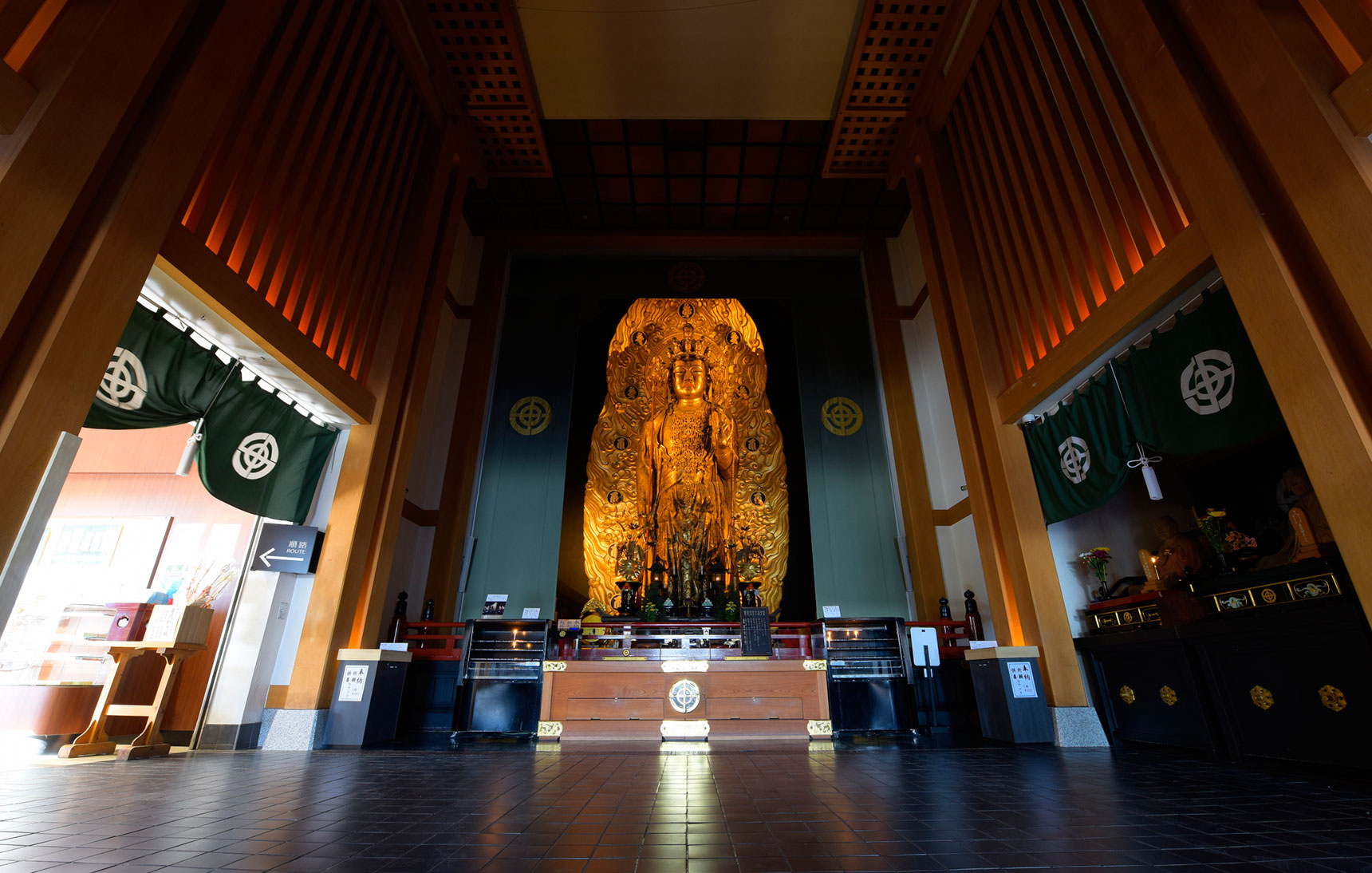Main content starts here.
Outline of the region
Which city comes to mind when you think of Japan - Tokyo, Osaka, Kyoto or Nara? Relaxing, peaceful Kamakura is located just near Tokyo. Kamakura, one of the oldest cities in Japan, has a warm climate and offers tourist attractions similar to those in Nara and Kyoto. In addition to being just a day-trip away from Tokyo, it is close to Yokohama (e.g. Chinatown), the second biggest city in Japan, and has easy access to the hot spring resort of Hakone and Mt. Fuji.
Moreover, Kamakura is located next to Enoshima, one of the sites of the 2020 Olympics and Paralympics.
Abundant seafood from the Pacific Ocean and fresh Kamakura vegetables are available across the city.
Surrounded by mountains on three sides and facing the sea on one side, Kamakura also offers a harmonious blend of mountains, the sea and historical culture. Kamakura is found about two hours from Narita Airport and one hour from Haneda Airport.
Visit Kamakura - an ancient city with a beautiful sea, mountains and rich historical heritage.

History and culture
Kamakura is an ancient city that has produced its own, original culture. Once it was a political capital along with Nara and Kyoto, and was also the birthplace of Japan's first samurai government, the "Kamakura shogunate." Warrior Minamoto no Yoritomo was appointed as Seii-Taishogun (shogun) by the Imperial court in 1192 and established the Kamakura shogunate, which was the first samurai government in Japan, whereas previously the Imperial court in Kyoto had held power.
After Yoritomo's death, the Hojo clan governed this area. Trade with the Song and Yuan dynasties of China prospered in the 13th century and a various aspects of Chinese culture, including Zen (Buddhism), Zen-style architecture, Buddhist statures, and Chinese lacquerware, were imported. The Kamakura shogunate ended in 1333. But the military culture of that era, in which the simple and strong spirit of warriors, traditional aristocratic culture, and Chinese Song and Yuan culture were blended, has continued to greatly influence Japanese society down to the present day.
Kamakura began flourishing as a temple town in the 17th century. From the 19th century, it became popular for beaches, resort areas, and residential districts. Kawabata Yasunari, a writer who was awarded the Nobel Prize for Literature, lived and wrote many works in Kamakura. Blessed with the natural beauty of the ocean and surrounding green hills, Kamakura today attracts a large number of tourists.
Samurai, or warriors, in Kamakura daily refined their martial skills to prepare to go to battle whenever necessary. Samurai culture-related goods, such as finely wrought armor, excellent swords, and scroll paintings depicting war, were brought to Kamakura from across the country. Yabusame, a ritual in which a person dynamically shoots three arrows while riding a galloping horse, also originated here. Nowadays, Yabusame is held at Tsurugaoka Hachimangu Shrine on the final day of Kamakura Matsuri Festival in April and on September 16 every year.

Experiences / Townscape
Kamakura offers unique opportunities to experience Zen meditation, Kamakura-bori* carving, Japanese green tea, kimonos and marine sports. Some aspects of Zen culture, which was brought to Japan from China during the Kamakura era, such as meditation, tea, shojin cuisine and Kamakura-bori, are rooted in the modern Japanese life, and you will be able to feel its history through the experiences.
You can also enjoy harmonious landscapes of mountains and the sea and of historical culture and nature across the city. Mt. Fuji can be seen from various places such as Inamuragasaki and the Scenic Point on the Gion-yama Hiking Course. *Kamakura-bori is a kind of Chinese lacquerware.

Related information (link to external sites)
Kamakura Visitor‘s Guide
HOME > ABOUT KAMAKURA

